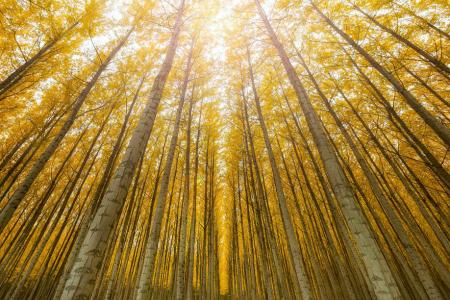Sustainability
UVAPrint is a Leader in Sustainability Initiatives:
- In 2009 we received UVA’s first LEED certification (Leadership in Energy and Environmental Design) when we opened our fifteen thousand square foot addition. The expansion gave us more space for digital printing, mailing, and warehousing. It incorporated cutting edge energy saving features using new, more efficient technologies for heating, cooling, and insulation. Construction was accomplished with a focus on sustainable materials. Modern water conserving appliances were installed to reduce water consumption.
- UVAPrint has been responsible for the planting of over a thousand trees to offset the paper used in our copy fleet. This program is coordinated by the environmental organization PrintReLeaf. Since starting the program in April 2018, we have received recognition for planting 1,425 standard trees to offset the use of 11,875,285 standard pages of paper. You can view our latest PrintReleaf statisics, showing our lifetime figure on pages and trees planted, as well as where and how many were planted by visiting this URL: https://printreleaf.com/UniversityofVirginia
- All copy paper used in our fleet of almost 1,000 machines across the University is manufactured using a minimum of 30% recycled fiber. Additionally, we can provide copy machine managers with 100% recycled paper when requested.
- UVAPrint is FSC® chain-of-custody certified. (Forest Stewardship Council®). FSC certified orders use FSC certified paper which comes from responsibly managed forests and are printed in our facility utilizing FSC protocols to assure the final product meets all FSC requirements. Our FSC number is SCS-COC-007184-A21 and our License Code is FSC-C125400.
- UVAPrint works closely with Facilities Management to recycle all wooden pallets, cardboard, and paper from our plant floor as well as plastics and metals from our offices.
- Our copier fleet is Energy Star Certified and uses Energy Saver which switches units to a low-power mode (sleep) when a machine is not being used.
- Only one-third of the fiber used to make paper comes from tree harvest. The remainder of the fiber comes equally from sawmill scraps and recycled paper. [ChoosePrint.org]
- The largest consumer of forest wood in the world is fuel use (53% of trees harvested). Twenty-eight percent of harvested trees are used for construction material. Only 11% of forest product is used for paper making. [ChoosePrint.org]
- Printing is the only medium with a one-time carbon footprint. All other media require energy consumption every time they are viewed. [PrintCity] For that matter, conversion of trees to paper preserves carbon sequestration in a neutral medium.

